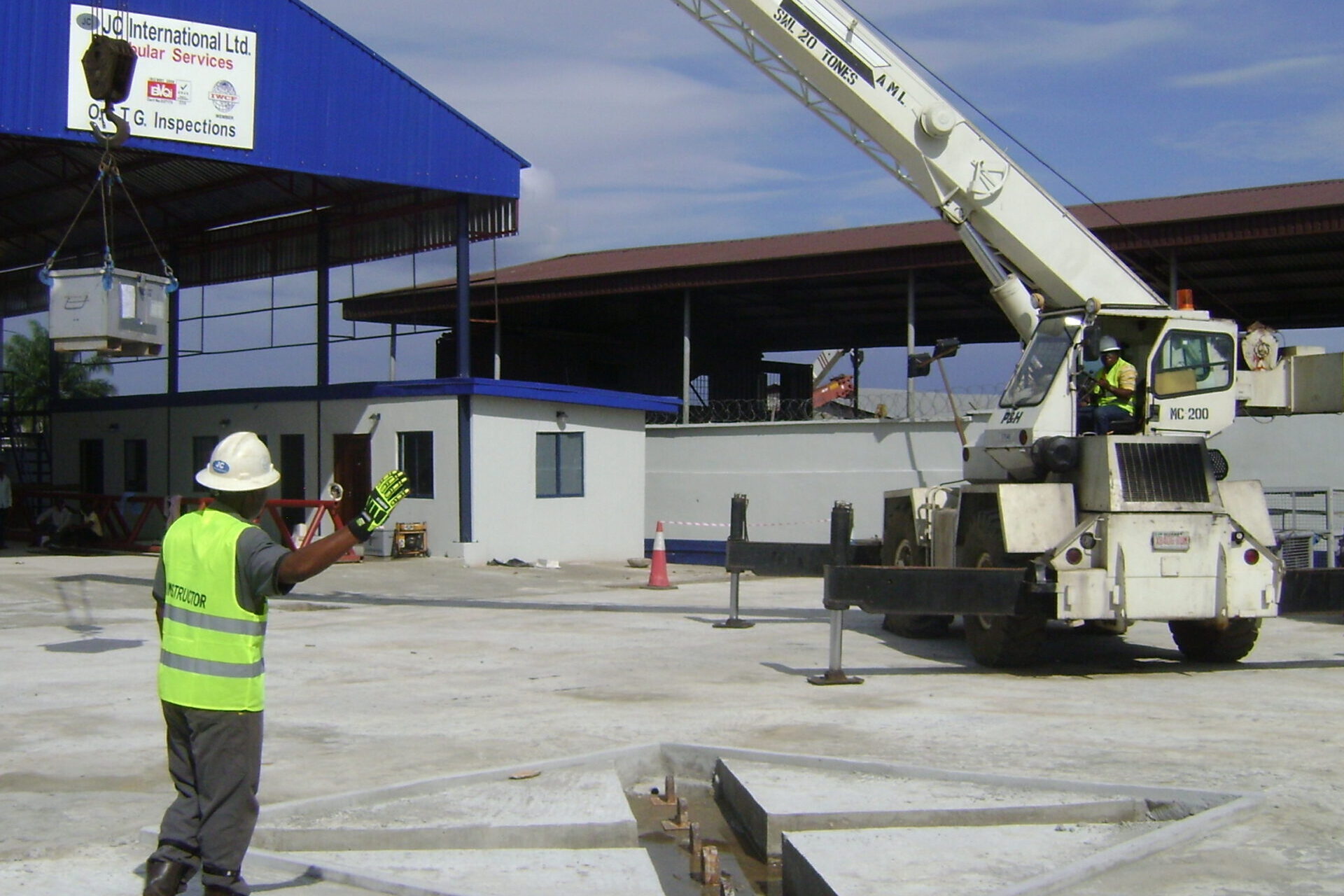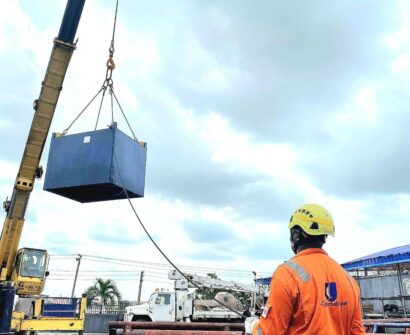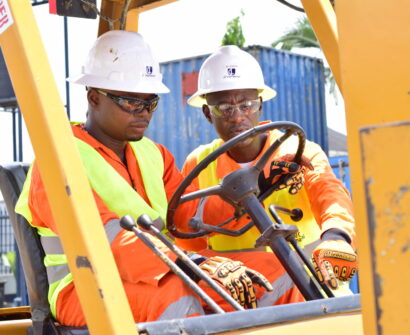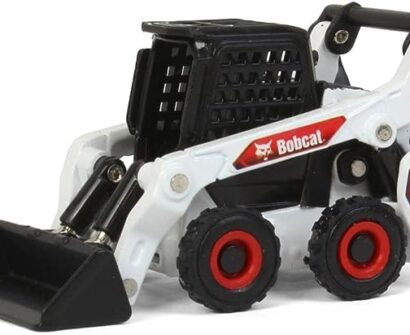
Every field and profession has standards and rules governing the operations of its personnel. These personnel are expected to carry out certain duties and are also prohibited from activities that would hinder smooth operations and safe working conditions. Lifting operation is no different, as numerous people are required to ensure a safe lift, including the banksman.
A banksman or signaler plays a critical role during lifting operations. This individual is responsible for giving directives to the crane operator and slinger, ensuring the lift is conducted safely and efficiently.
This article will discuss some of the do’s and don’ts of a banksman or signaler.
The Do’s of a Banksman.
The following are some of the required duties of a banksman;
1. A banksman is expected to coordinate the lifting operations:
It is the duty of the banksman to assess the loads, lifting equipment and environment meticulously. He is supposed to coordinate the lifting operation. In most cases, he even assesses the weather conditions in which the lifting operations will take place. The role of a banksman and slinger is an integral part of a lifting operation, if he lacks coordination, the whole process may become hazardous.
2. He must conduct thorough inspections:
Prior to every lifting operation, the banksman must thoroughly inspect the lifting gear and equipment. Additionally, this is an opportunity to assess the condition and capacity of the equipment and gears before the commencement of the lift.. This inspection can enable him to detect if there are any defects or wear and tear.
3. The banksman must communicate with only hand signals:
The banksman is expected to use only standard hand signals for communication. Speaking is not ideal in this situation of lifting, because the banksman can become inaudible to the crane operator or slinger due to the noise of the lifting operations.
4. A banksman is expected to give timely and clear signals to the crane operator and signaler:
A banksman must stand at a reasonable distance to enable him give clear signals to the crane operator and slinger. It is necessary for the banksman to also give prompt and clear signals, as delayed or unclear signals can result in mishaps which can lead to operational downtime and less productivity.
5. A banksman must prioritize safety:
It is the duty of the banksman to prioritize safety; he is expected to warn other personnel in the work area of the moving and lifted load. The banksman must follow and observe safety protocols and standards. He must make sure himself and other workers are wearing their PPE. Furthermore, the banksman must also be observant because he gives directives to the crane operator and slinger. It is necessary he keeps a check on other activities within the crane’s operating area to avoid the development of unforeseen hazards.
The Don’ts of a Banksman.
The following are actions a banksman must avoid at all costs;1. Don’t rush the process:
Haste can lead to mistakes, miscommunication and accidents. Moreover, a banksman must not rush the lifting operation, as doing so can lead to accidents.He must calmly give directives to the crane operator and slinger at a steady pace to ensure a smooth lifting operation. The banksman must take the required time to perform each step methodically to ensure everyone involved is on the same page.
2. Don’t stand under suspended loads:
It is highly prohibited for a banksman to stand under the lifted object or load. One of the reasons is that the load may slip and fall, leading to damage or injuries. Furthermore, another reason is that the load may obstruct the crane operator’s view of the banksman, preventing him from taking instructions. He must ensure the area beneath the lifted load is always clear to prevent serious injuries.
3. Don’t overload the crane:
The banksman is trained to know the capacity of certain cranes and slings. He must avoid overloading a crane, as this could result in swinging, accidents, abrupt dropping of the load, etc. It can also cause structural damage in the long run. He is expected to always verify the weight of the load and ensure it is within the crane’s limits.
4. Don’t ignore environmental conditions:
A banksman should pay attention to the weather conditions. If the weather is too windy or rainy, it can impact visibility and the safety of a lift. The crane operator will struggle to see the hand signals of the banksman if it is windy or rainy. Once the weather conditions are not favourable, lifting operations should be postponed.
5. Don’t use damaged or inadequate equipment:
Damaged or inadequate lifting gear and equipment should never be used. This could lead to the load falling or other serious accidents. The banksman must always check that every equipment is in good condition before proceeding to lifting loads.
By adhering to these do’s and don’ts, a banksman can significantly reduce the risk of accidents and ensure lifting operations are conducted safely.
The banksman must undergo comprehensive training to enable him to know his ‘DO’s’, which are his duties and responsibilities, as well as the ‘Don’ts’, which are prohibited actions that can lead to accidents or hazards. JC International offers a comprehensive banksman and slinger course in Nigeria and Uganda with international accreditations such as LEEA, OPITO. ETC.
Register for our course and become a competent Banksman and Slinger today.






